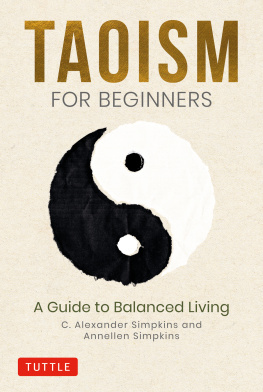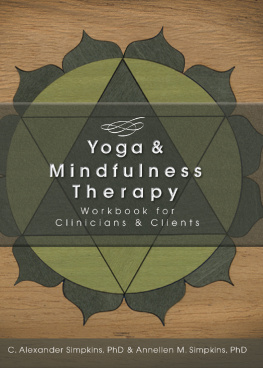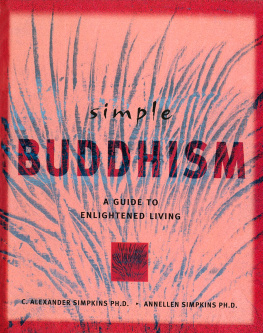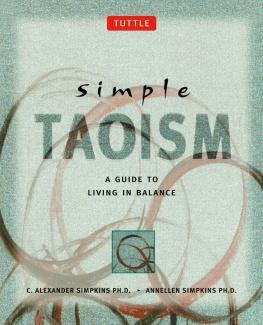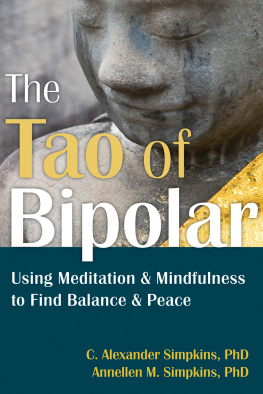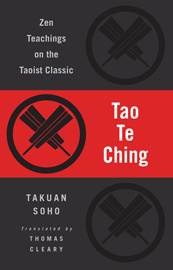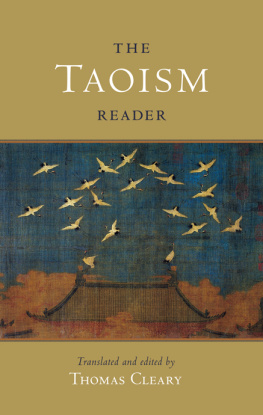

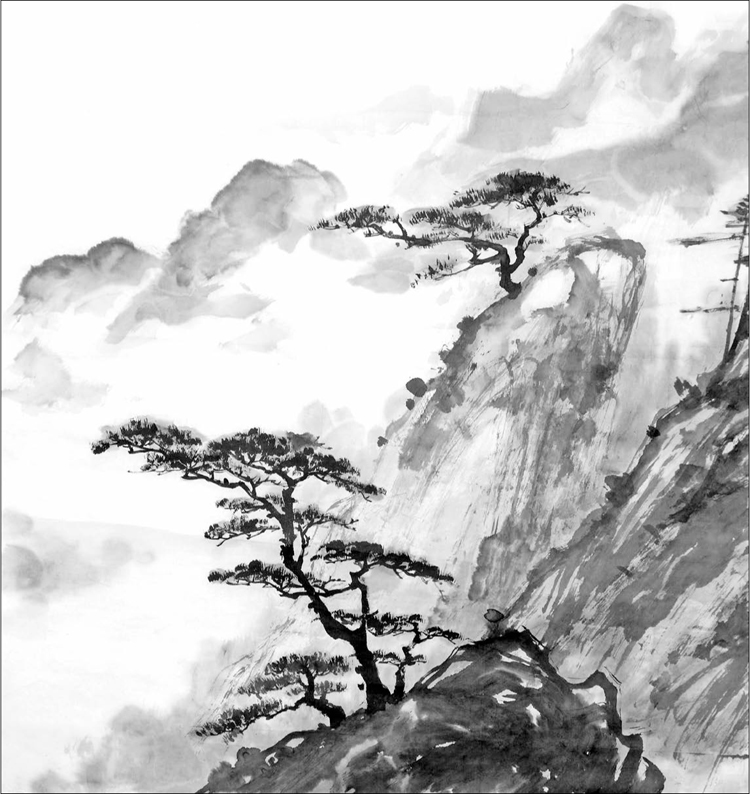

We dedicate this book to our parents, Carmen and Nathaniel Simpkins and Naomi and Herbert Minkin, and to our children, Alura L, Aguilera and C. Alexander Simpkins Jr., and to all the dedicated Zen masters whose lives and actions help communicate Zen to us today.
Introduction
The issues and themes of Taoism originated within contexts that were time-bound, situation-bound and culture-bound. So we presented the early figures and history simply, as sources of the key themes of Taoism. Taoism transcends its beginnings when its principles are applied in the moment. Taoism is a way to think and live. The principles apply just as much now in our modern context. Taoisms compass can help us find our way through life. The wise insights are timeless, and can light the path for our steps, giving us support in lifes darker moments, comfort, balance and happiness in lifes brighter times.
Taoism is an ancient philosophy whose wellspring is the unformed, unnameable, mystical guiding principle of Tao. Tao takes form as a pair of opposites, known as yin and yang, which, in turn, weave together and interrelate to create an infinite world of possibilities.
Although Taoisms basis is mystical, its application to life is practical. Taoism has inspired politics, philosophy, religion, medicine, art and science. In modern times, people are taught that if they try hard, they will succeed. This intense striving often leads to stress and discomfort. Taoists believe that you can accomplish more without effort, and Taoism reveals how to do this. You become one with Tao not to forget yourself, but to attune yourself to the rhythms of life so that you can develop your talents fully. Through this ancient philosophy, you discover a new way to calmness and creativity as well as strategies for living. You learn to succeed without seeming to even try.
Taoism blends well with other philosophies, such as Zen and Confucianism, providing an always available source of wisdom. Paradoxically, Taoism helps us to find light in the darkness of the unknown.
ABOUT THIS BOOK
This volume is designed to help you understand what Taoism is and how to put it to practical use in your life. Taoism for Beginners is divided into three parts. Part shows ways to bring the insights of this time-honored Eastern philosophy into your life so that you can live the wisdom for yourself!

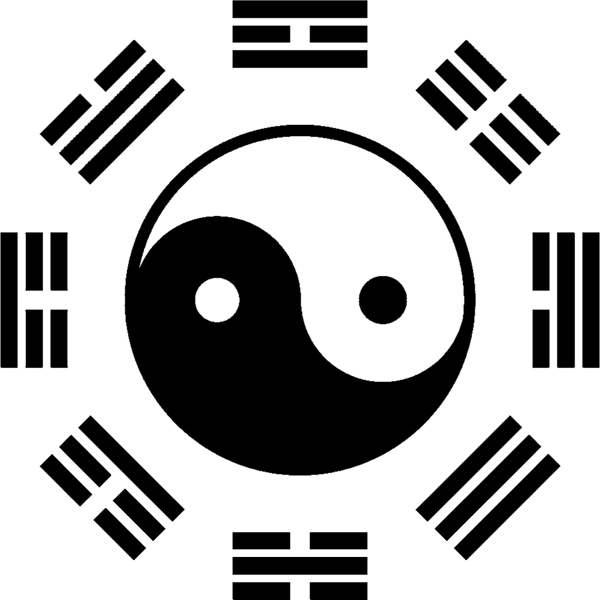
PART I
Taoism in Time
I seem a strange misty form. Like vapor I pass into the being of others, and they, passing within me, become my guests.
Radhakamal Mukherjee
Taoisms history is obscure. The mist of time covers the beginnings so that only vague, shadowy outlines can be seen. Its founding fathers are enigmatic figures whose biographies are filled with legend, allegory, and mythical events. Their lifespans are said to be long, well over one hundred years. Some are believed never to have died, but to be living quietly among us as immortals. Taoism evolved from a vast collection of practices and beliefs, interwoven with additional concepts into the radiant tapestry we know today as Taoism. Surely, the spirits of these ancient masters are still with us, having an effect on the world! Hidden in shadows, their mysterious influence continues. They only pretended to die.
Origins and Background
There is in the Changes the Great Primal Beginning (Tai Chi). This generates the two primary forces. The two primary forces generate the four images. The four images generate the eight trigrams.
I Ching, Chapter
Much of what is known of early Chinese philosophies comes from the work of two famous historians, father and son, Ssu-ma Tan and his son Ssu-ma Chien (14586 B. C. E.). Ssu-ma Tan was the historian of the Royal Library. Ssu-ma Chien wrote an extensive history entitled Records of the Historian. The records and writings of these two men have helped historians through the ages piece together the often vague background of Chinas great philosophies.
EARLY BELIEFS
The foundation of Chinese thought is the belief in a single cosmic universe, a Oneness with no beginning or end. Older than any of the schools of Chinese philosophy were certain basic beliefs that helped the Chinese understand themselves in relation to the world: in the beginning, the world was an endless void called Wu Chi. It was pictured as an empty circle formed by dotted lines. From this arose activity, expressed as yang and shown as an empty circle, and inactivity, expressed as yin, and shown as a black circle. The interactions of activity and inactivity are called tai chi, shown as the famous yin-yang circle, half black and half white.
I CHING, THE BOOK OF CHANGES
If all is one undivided cosmic universe of dynamic forces, then seers could help rulers predict and interpret those forces. To accomplish this, a system of divination gradually developed with a theory of how the universe goes through its cycles of change. Using an extraordinary handbook, passed down over the centuries, the I Ching (the Book of Changes), experts commented on the diagrams it contained to interpret the present, predict the future, and guide behavior in helpful ways. The original author is unknown, but the I Ching is considered a primary book of Confucianism and was also incorporated into Taoist thought.
From the vast mysterious cosmic universe, the One, all emerges. As this Oneness manifests in the world it divides into two: yin and yang. These dynamic opposites are represented as a yielding, brokenline for yin and a solid, firm linefor yang. The I Ching combined these lines in patterns which were used for divination. There are four possible ways to arrange these lines in pairs: two solid lines, two broken lines, one solid over a broken line, and one broken over a solid line.
Trigrams, combinations of three lines in a column, were thought to correspond to certain qualities of nature and the inner workings of the universe. The lines were first arranged as trigrams by Emperor Fu Hsi (28522738 B. C. E.). He saw the patterns on the shells of tortoises, which were commonly used as oracles. The two extremes, Chien (three solid lines), Creative, and Kun (three broken lines), Receptive, were thought to represent the dynamics of heaven and earth. Chien was the creative element, the ruler, the father, the light. Kun was the receptive principle, the mother, ruled from above, the dark. All the other trigrams were combinations of these two opposites.
The eight trigrams were combined into sixty-four possible hexagrams. By interpreting all the different patterns, the Chinese developed a way of predicting the likely course of events if things followed according to nature. The I Chings elaborate science of divination predicted with uncanny accuracy.
This theory became the basis for Chinese natural science. Lunar calendars, developed as early as 1200 B. C. E., the Chinese tradition of healing with herbs and acupuncture are also rooted in this theory.
Next page
